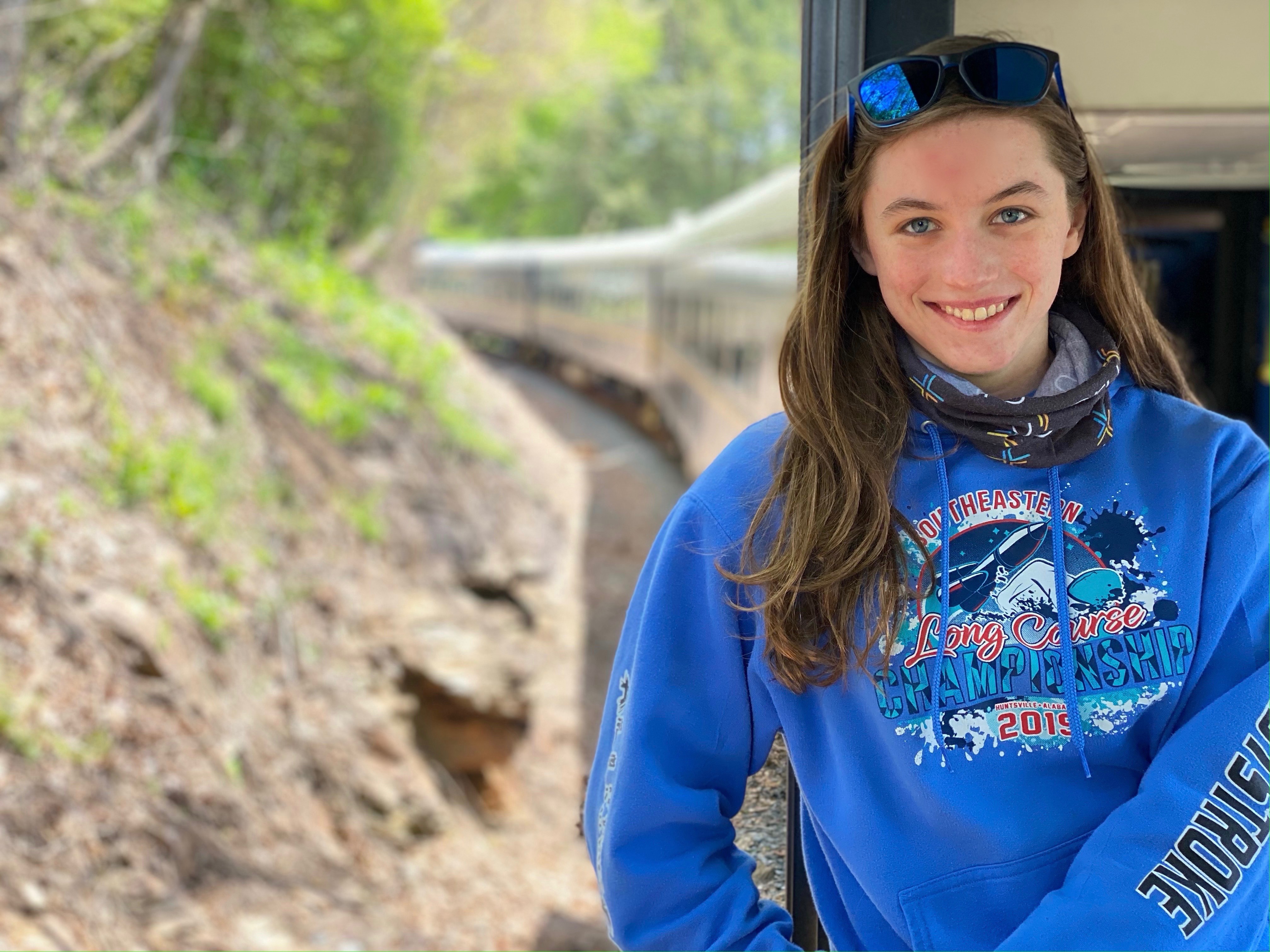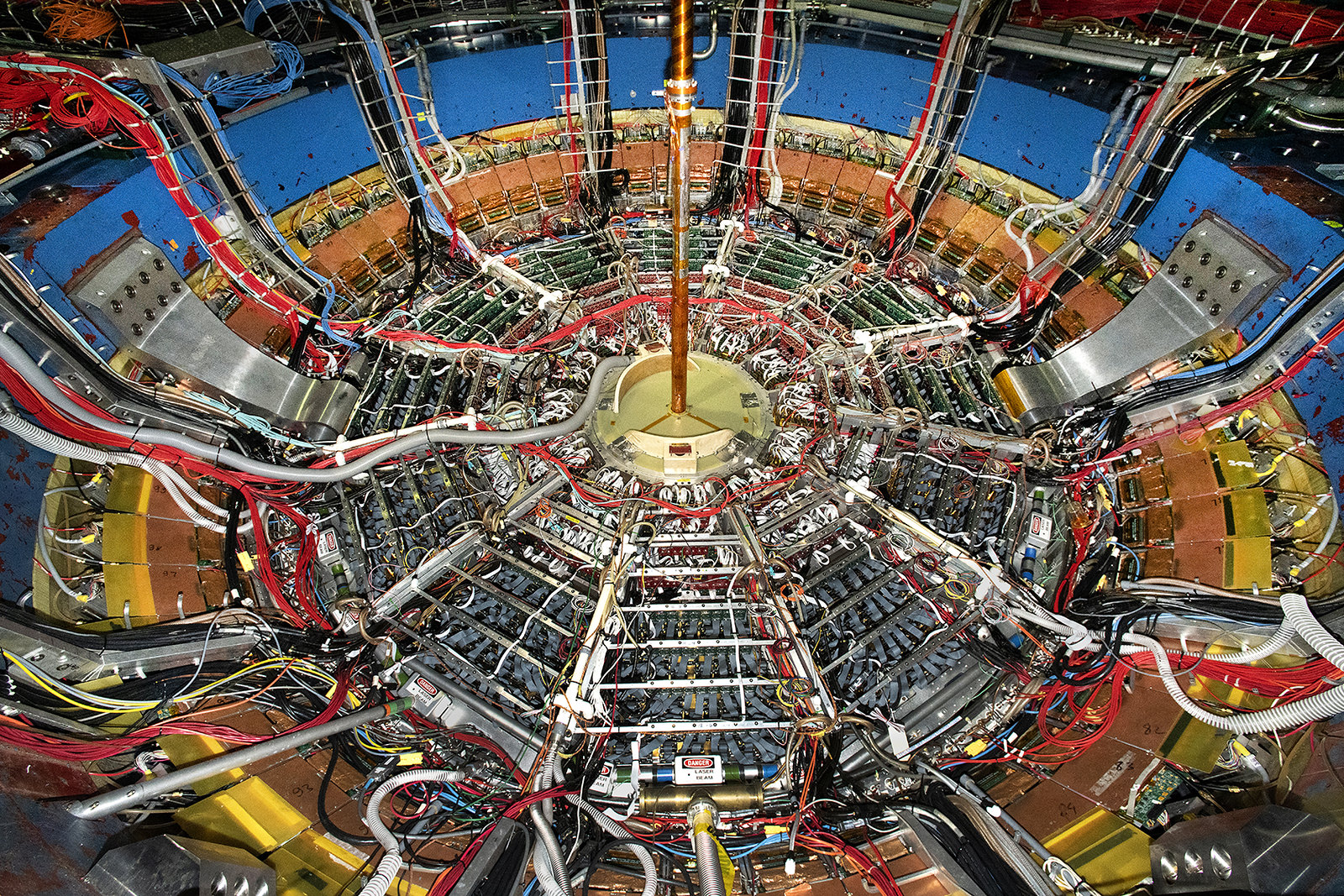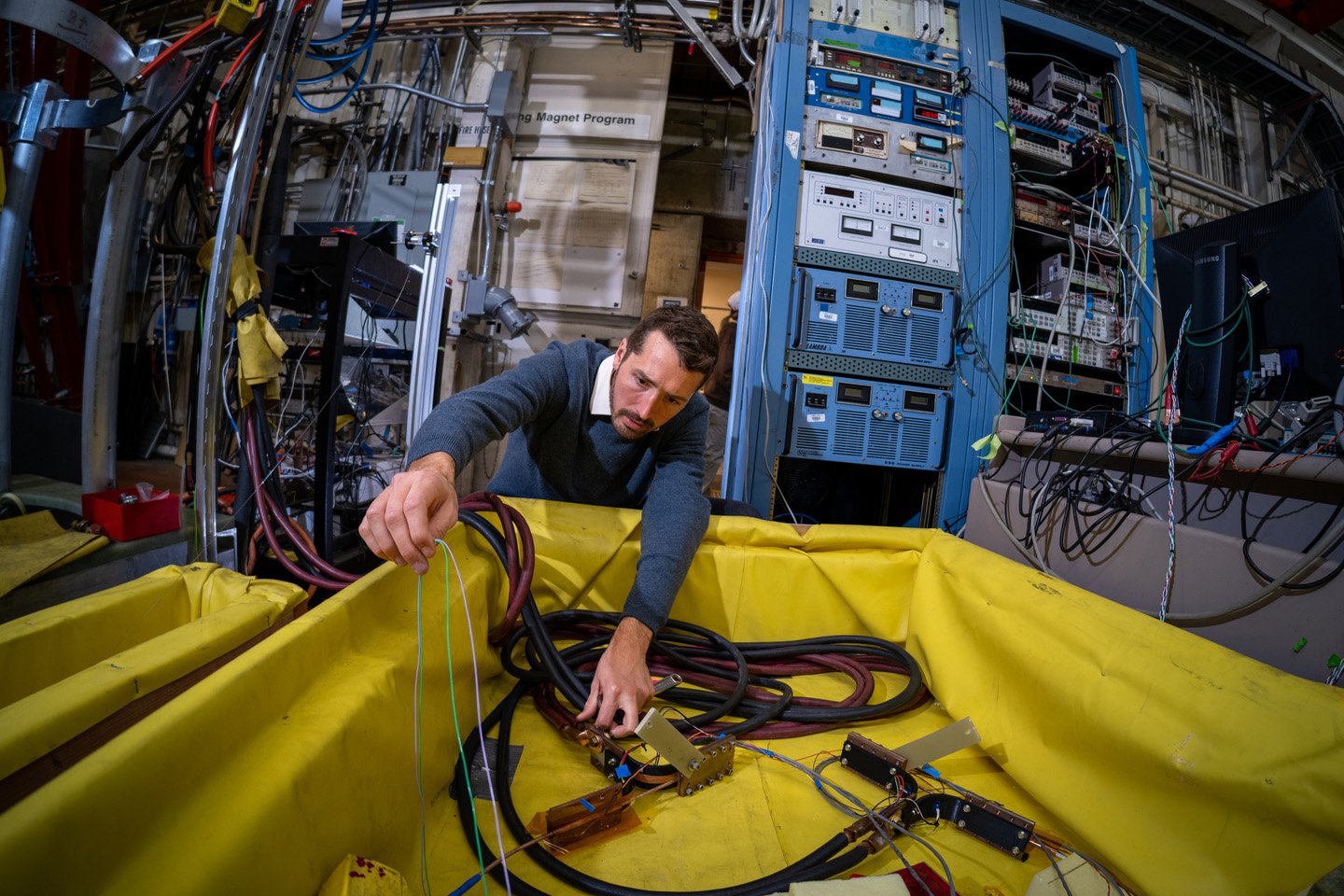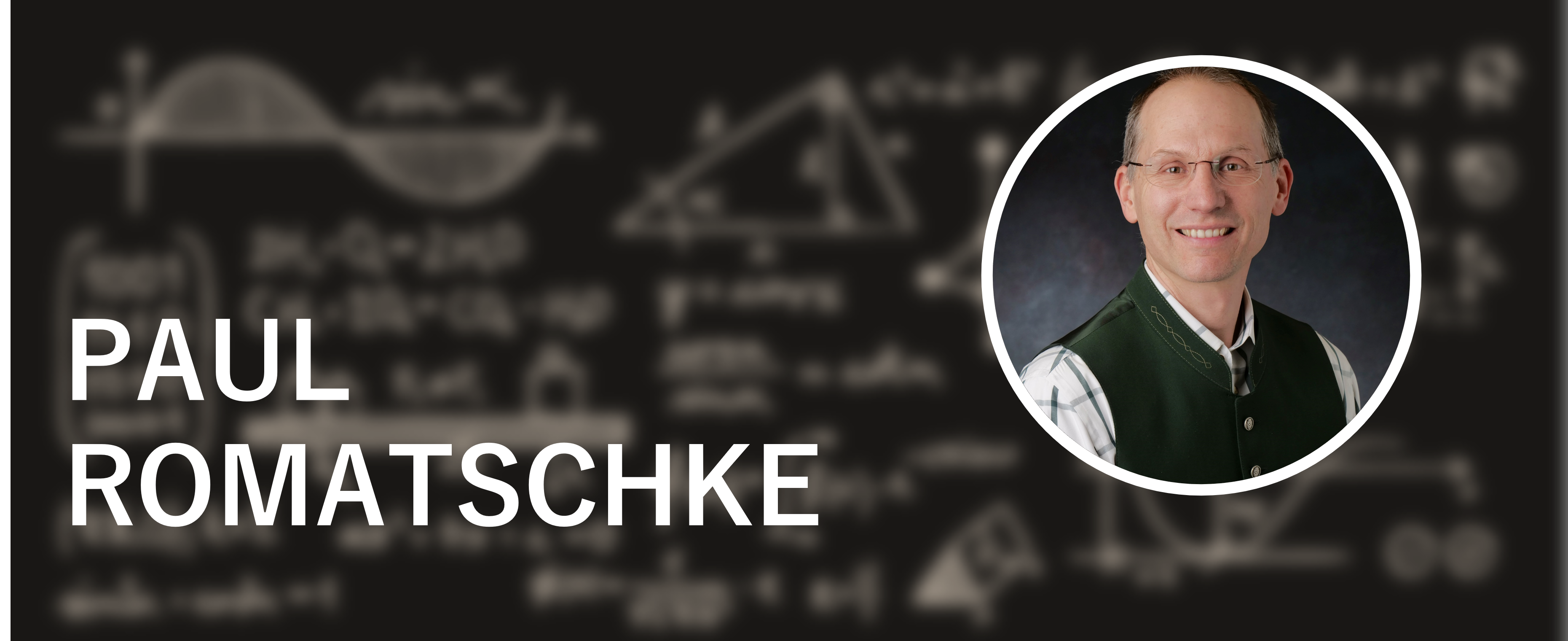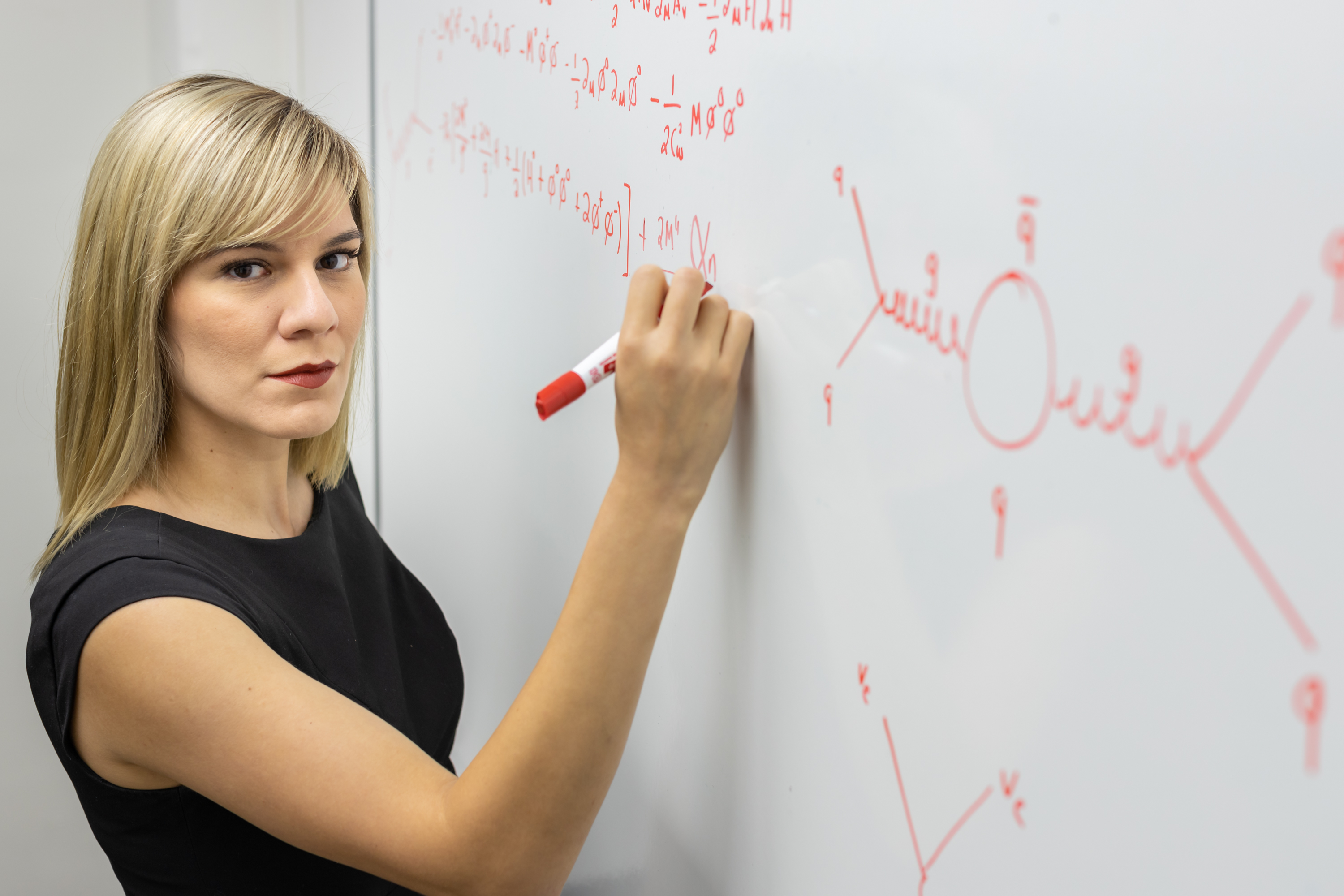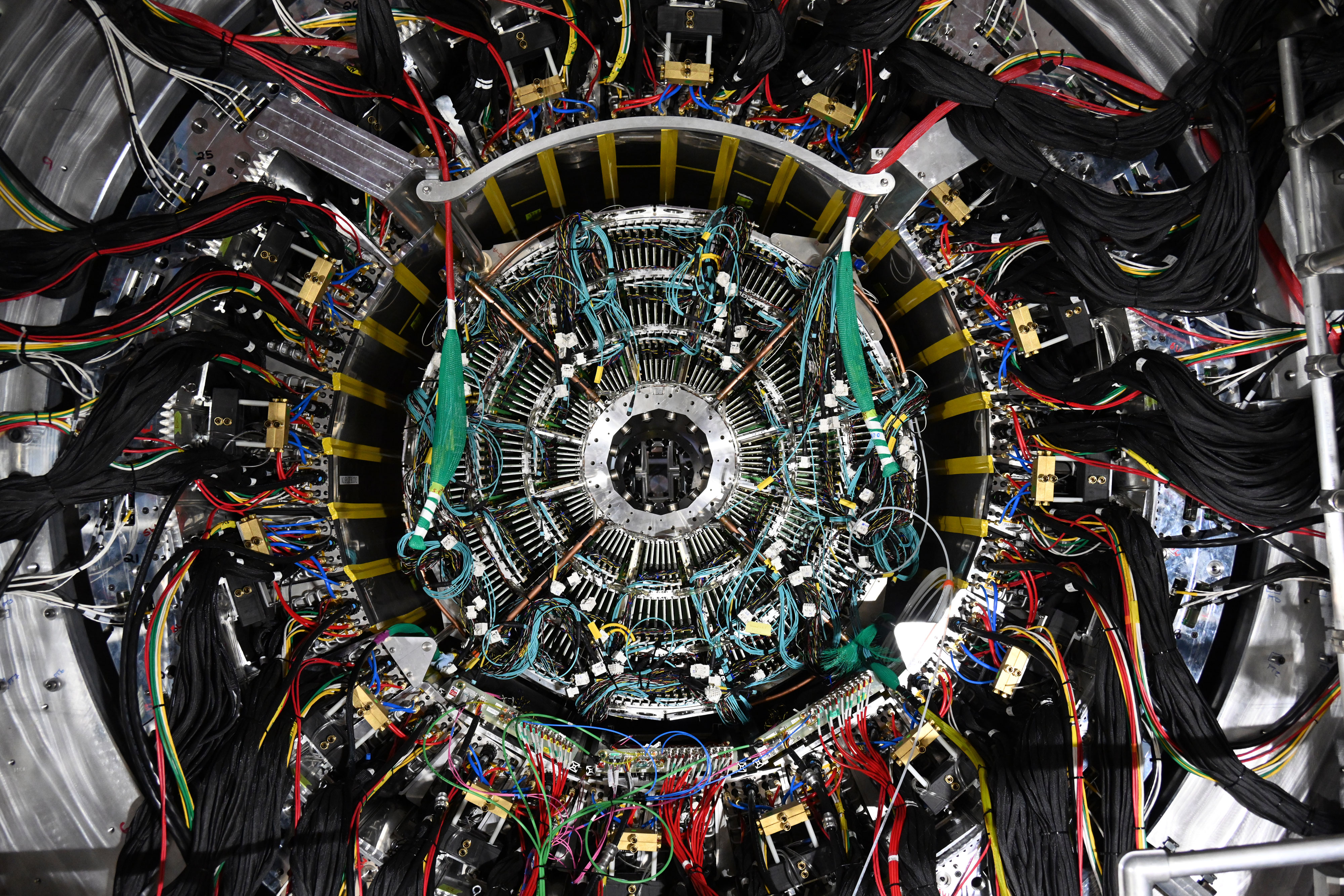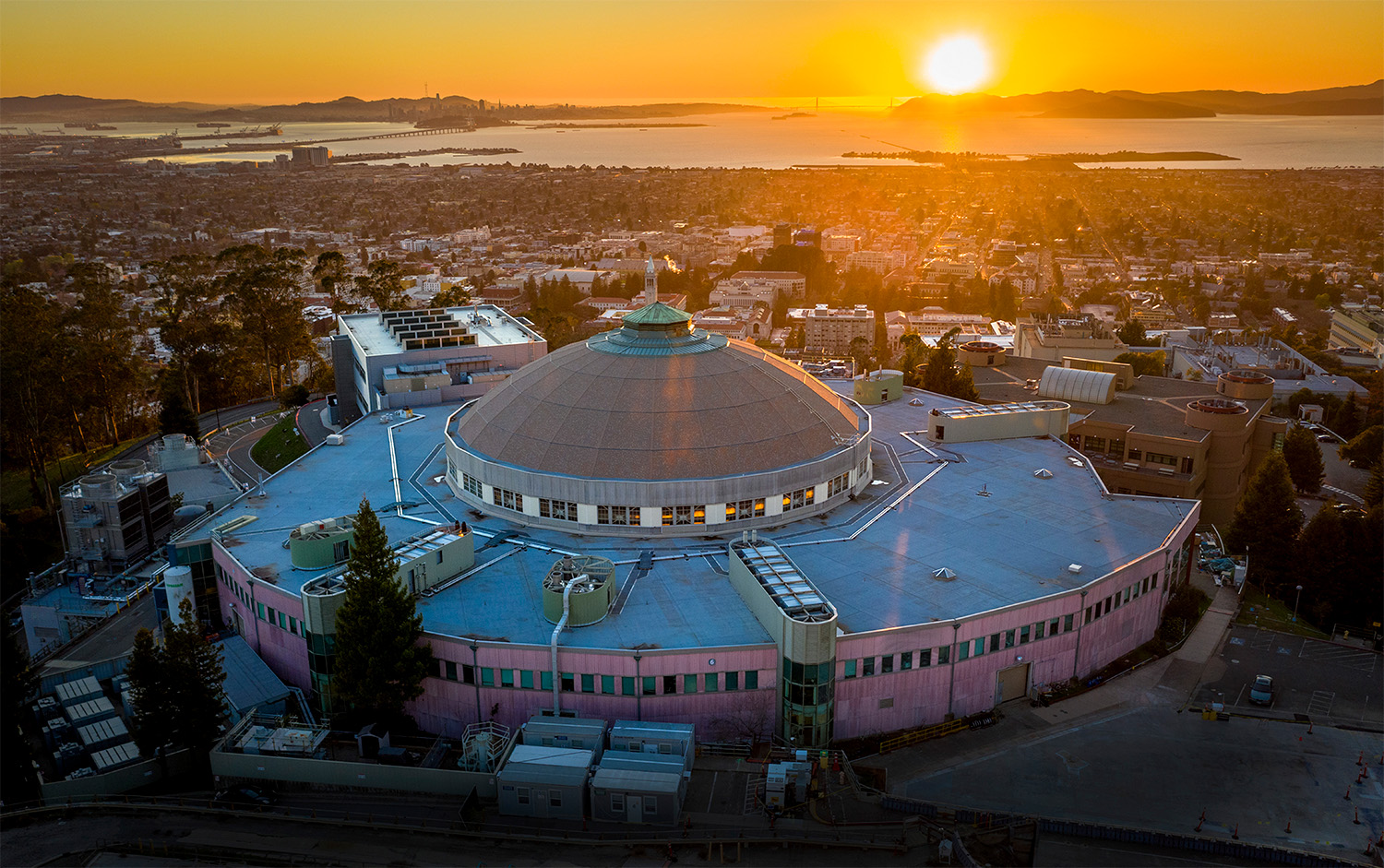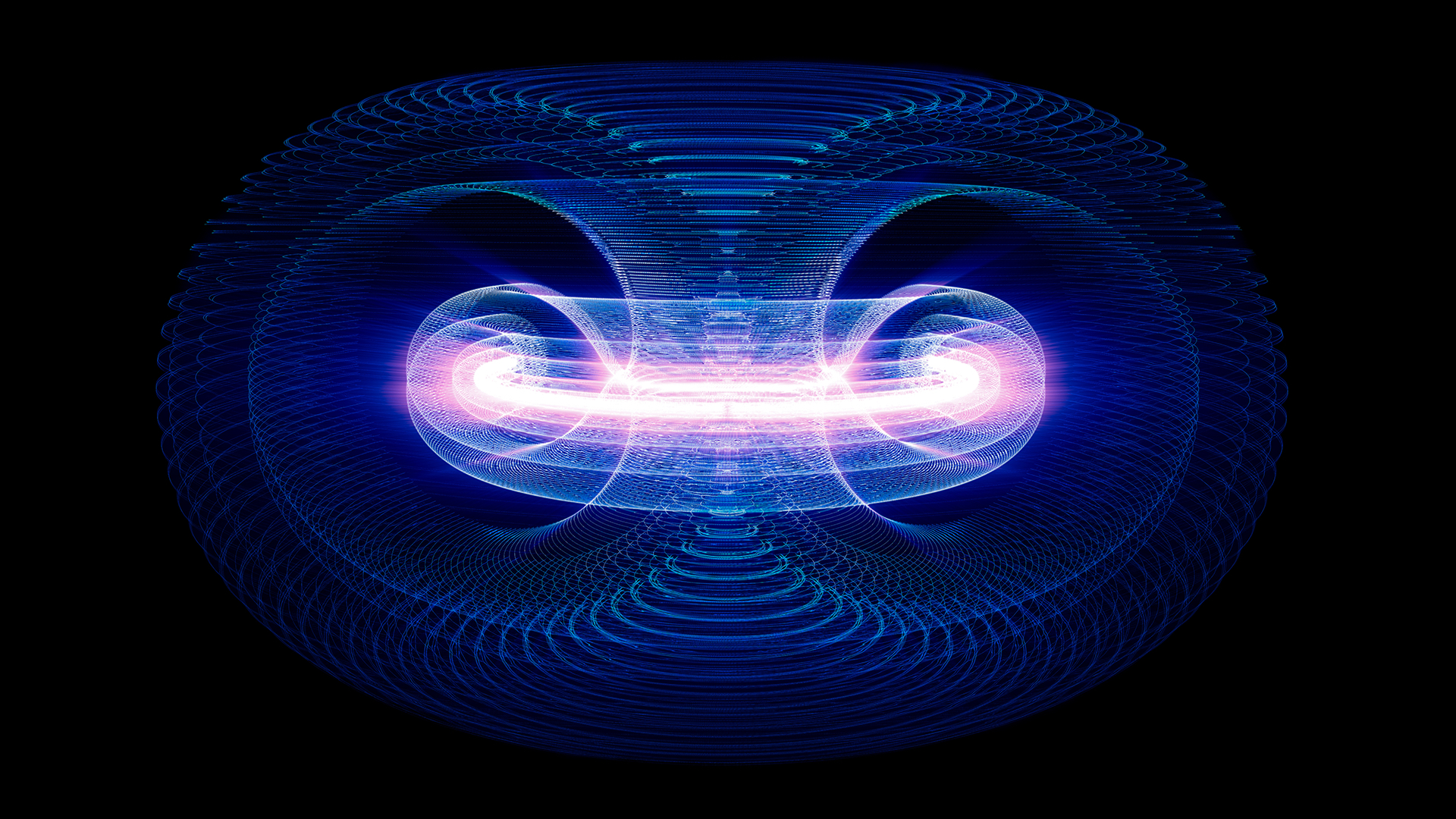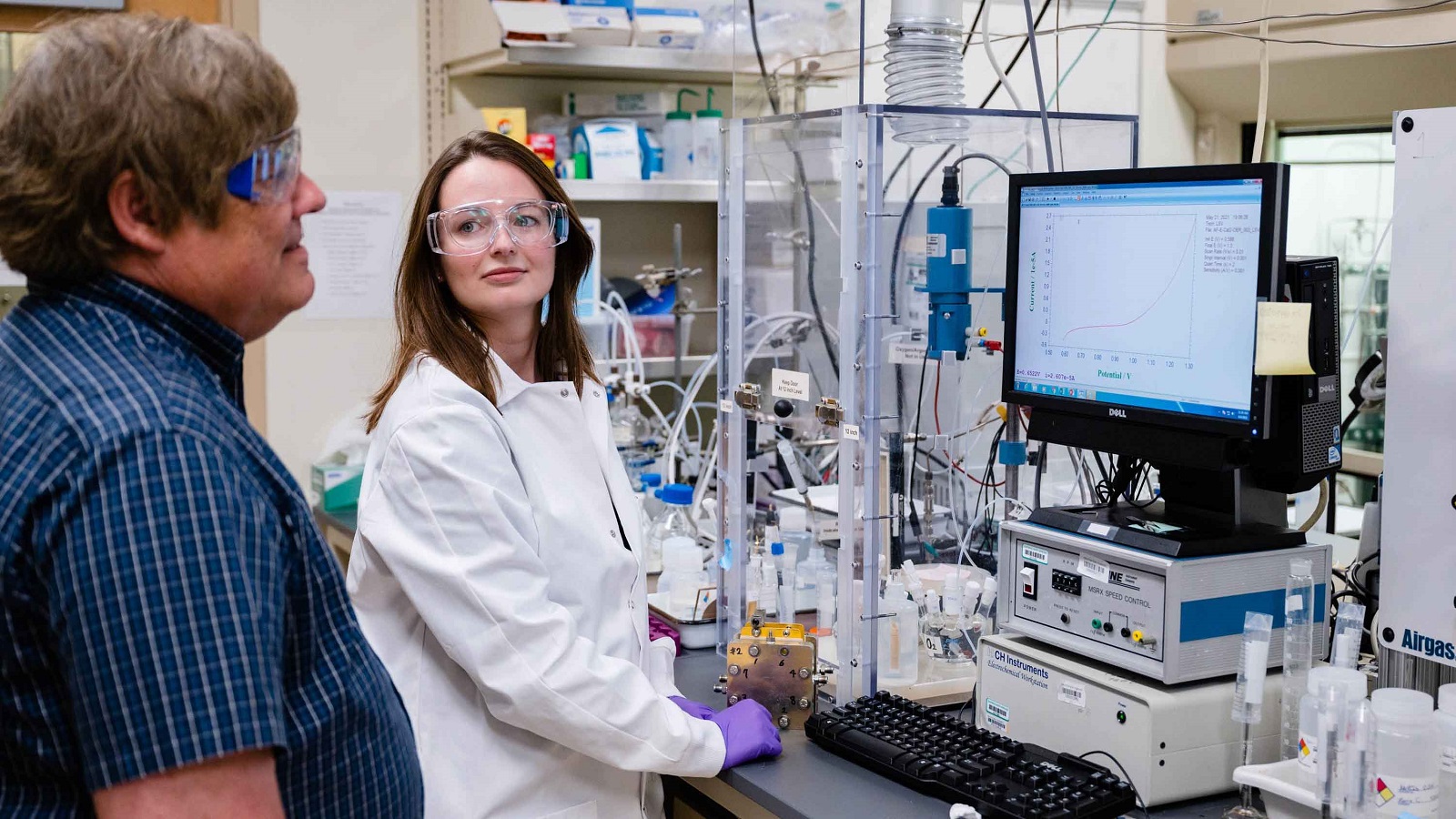Ella James, who received a Bachelor of Science in physics from The University of Alabama in Huntsville (UAH) in spring 2023, has been awarded a National Defense and Science and Engineering (NDSEG) Fellowship, which she will use for graduate studies at UAH, a part of the University of Alabama System. “It’s three years of tuition for graduate school,” James says.
